Every year I await the selection of entries for the IPA Lucie Awards with a mix of trepidation and excitement. In 2015 I judged the awards from airports and hotel rooms as I travelled from Europe to Asia. Being on holiday really helped me focus on the shots in front of me- my head wasn’t already crammed full of images from the various edits I am usually working on.
Something I truly loved and noticed this year was the attention to finish and detail that some editorial photographers are now applying to their work. The editorial stories this year had the usual mix of joy, sadness and poignancy. However, the stand-outs for me were the shots that, in spite of their harrowing subject matter, were stunningly beautiful. They not only stood out because of the subject matter- difficult in itself to capture- but because the light and composition and the attention to finish was second to none. This might seem like a contradiction but the effect these had on me was far more powerful than gritty classic reportage style shots.
I was trying to figure out why these shots, sometimes less confrontational than many of the others, were more arresting for me, and it led me to consider them in more depth. How was it that a shot of a man looking to camera could be more powerful than ebola victims lying dead in the street, screaming anguished families lamenting the loss of a loved one, or bombs exploding near frightened young soldiers? You know the shots. I’m not going to share them.
Here’s the thing. Firstly, I’ve seen too much, too often, in too many places. I don’t want to see any more horror. When murder scenes happen in movies I’ll be the one with my head under a pillow. I’d rather avoid violence and death, real or fake, in any form thanks very much. Unfortunately this kind of content is easily accessible, and if you’re not avoiding it, like me, you’re probably numb to it.
OK I know this kind of imagery is crucial. It offers information, and awareness, and bears witness to the atrociousness of humanity. But where’s the hope? How can I help a child lying dead on a beach?
From my perspective the most arresting images show optimism (even just the tiniest bit) when faced with adversity: Victims’ heads held high when the odds are stacked against them, such as David’ Jay’s ‘Unknown Soldier’ series, and Giles Clarke’s ‘Recyclers’ in Port Au Prince Dump, Haiti (shot above). Magnus Wennman’s ‘Where the children sleep’ images- beautifully executed, yet haunting.
I believe these photographers have given the gift of hope to those people. As well as being beautifully shot, the subjects always retain their dignity.
I think that’s the key. Without hope we, the viewers find it hard to know how to respond, other than with extreme sadness or outrage. But where there’s just the tiniest remnant of dignity, we can see hope. We can see a way forward. Light at the end of the tunnel. And if we can see this, I believe we are more compelled to offer constructive help – one way or another.
A photographer recently attending my mentoring programme had been Nelson Mandela’s official photographer in Capetown. (Mandela had sensitive eyes due to being in prison and required careful lighting). On one occasion Mandela asked the photographer why the media always showed terrible and negative images of South Africa.
‘Why don’t they show hope, instead of sadness’ he asked? ‘There is hope everywhere if you look hard enough’.
I agree with Nelson Mandela. Hope is inspiring.
In 2016 let’s try to show hope. Even just the tiniest bit. When you’re shooting, make sure the shot is beautifully executed. Give it some love. Finish it off with the attention it (and the subject) deserves. Find the enchanting moment in a sea of mess. Look for the magic and joy in the darkness. Show the happiness in victims’ lives. Show dignity in the direst of situations. Seek out the extraordinary from the ordinary. And watch the world respond with optimism and action.
In 2016 I wish you peace, love and above all, hope.

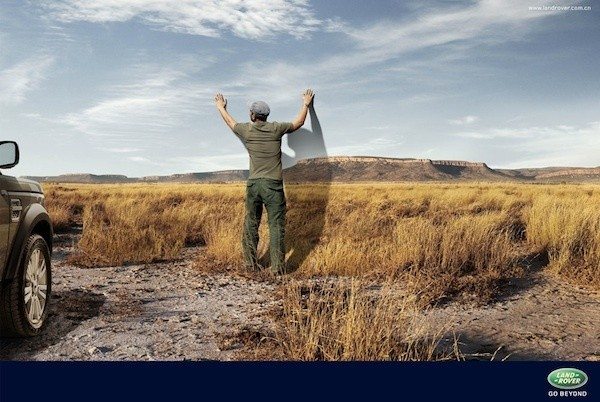 Marketing
Marketing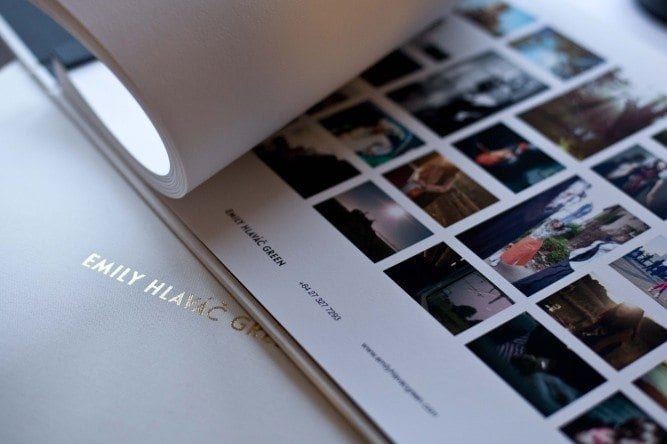 Folios & Editing
Folios & Editing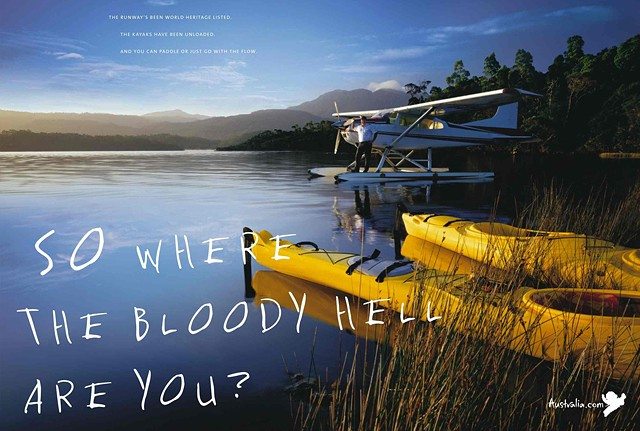 Finding Direction
Finding Direction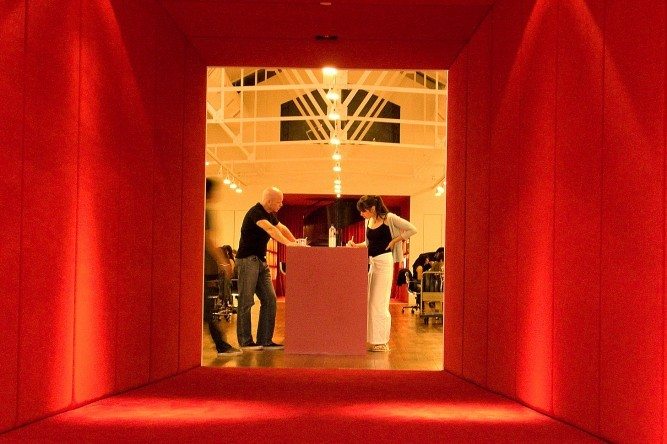 Asia Assignments
Asia Assignments Personal Work
Personal Work Closing the deal
Closing the deal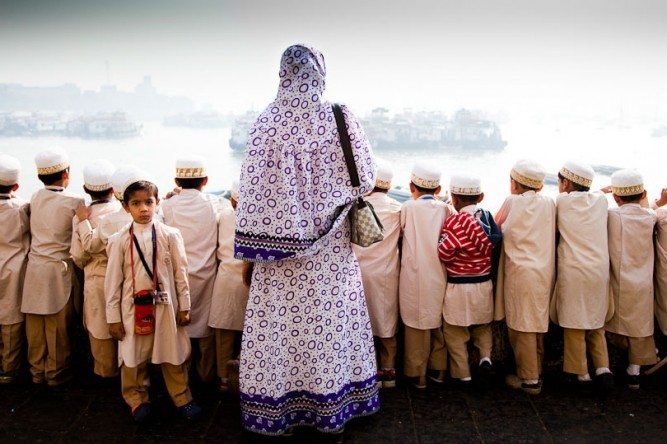 Most Recent
Most Recent Case studies
Case studies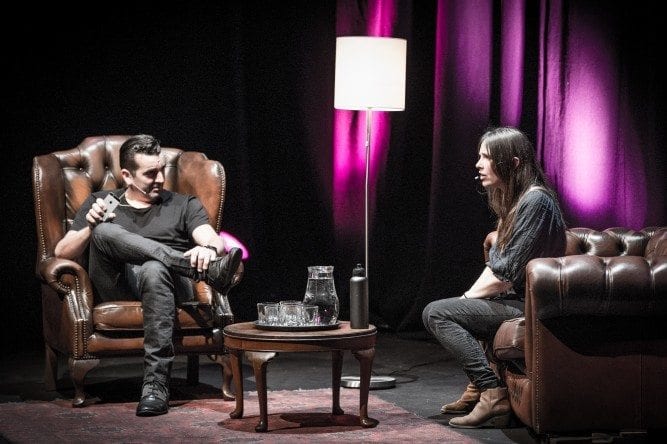 Interviews
Interviews